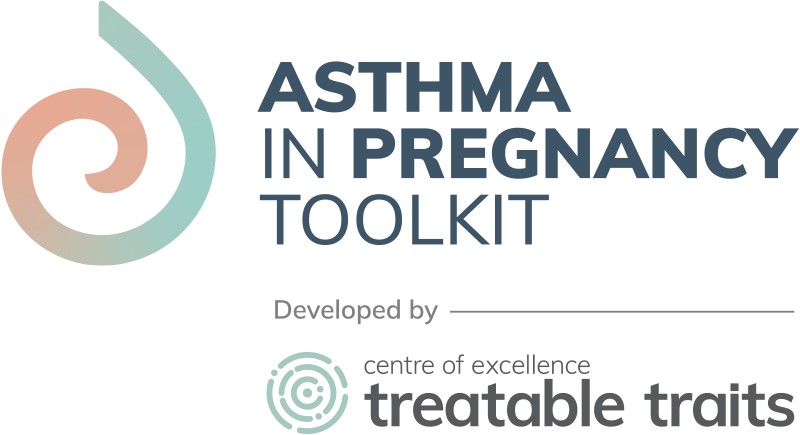What is work-related asthma?
Work-related asthma includes:
- existing asthma that is made worse by exposure to agents in the workplace (work-exacerbated asthma)
- new asthma cases that are caused by exposure to agents in the workplace (occupational asthma)
Both are triggered by the same agents.
Occupational asthma is divided further into allergic or sensitizer-induced occupational asthma (SOA) or irritant-induced occupational asthma (IOA). SOA accounts for the majority (90%) of occupational asthma cases and is the result of gradual sensitisation to agents with a latent onset (days to years). IOA is attributable to 5-10% of cases and is usually acute being caused by a single large dose of irritant (Quirce et al. 2017).
Work-related asthma makes up 25% of all asthma cases with consequences for absenteeism and loss of income (Arif & Delclos 2012, Hoy et al. 2020).
What are occupational irritants and sensitizers?
Over 300 workplace agents have been identified as causing occupational asthma (Dao & Bernstein 2018). The figure below shows a breakdown of the various agents that cause sensitizer-induced or irritant-induced occupational asthma (Hoy et al. 2020, Tiotiu et al 2020).

Although there are no specific differences in occupational irritants and work-place asthma for pregnant women, it has been shown that most common exposures in women to workplace agents include: latex (25%), industrial cleaning and sterilizing agents (20%), bioaerosols (18%) and arthropods/mites (16%) (Hoy et al. 2020). Healthcare workers and cleaners in particular are two professions that account for a large proportion of work-place asthma because of the use of gloves, cleaning products and disinfectants. A study of 3650 health-workers in the USA found that exposure to a cleaning product at least once a day increased the odds of developing work-related asthma to 5.37 (95%CI 1.43, 20.16). The items with the most impact were bathroom cleaners and cleaners containing bleach and/or chloramines followed by disinfectants, detergents and abrasive cleaners (Arif & Delclos 2012).
Management of occupational asthma
Management of occupational asthma involves an objective diagnosis with identification of causative agents, mitigation of exposure and symptom treatment and management. Early diagnosis is important as the consequences of continued exposure include worsening asthma control, absenteeism and economic consequences (Tiotiu et al. 2020). A position paper by the Thoracic Society of Australia and New Zealand (TSANZ) on workplace asthma in 2020 proposed that an objective investigation requiring 3 steps is needed:
- Clinically confirm the presence of asthma.
- Evaluate the association between asthma and the workplace.
- Demonstrate sensitisation to, or identify in other ways, the specific causal agent when possible (Hoy et al. 2020)
Prevention and reduction of occupational asthma
All occurrences of work-related asthma are potentially preventable (Hoy et al. 2020).
Management and prevention of occupational asthma depends on the type of agent, frequency of use and the ability to remove or replace the agent. For example, replacing latex rubber gloves with latex-free gloves is easy to achieve and has been shown to reduce occupational asthma, but replacement of cleaning products and disinfectants can be harder (Tarlo et al. 2018). Avoidance of spray cleaners and improving local ventilation may be a solution (Tarlo et al. 2018). (For more information about cleaners, see the section on Household aerosols and perfumes)
A task force of the European Respiratory Society for primary prevention and management of work-related asthma concluded that elimination of exposure is the strongest approach to reduce occupational asthma. Where elimination of the exposure cannot be achieved, reduction of exposure is the second best option, although there is some evidence that persistent exposure even at low levels could cause worsening asthma (Heederik et al. 2012, Vandenplas et al. 2012). According to the task force, personal protective equipment (PPE) does not provide complete protection (Vandenplas et al. 2012) but with the advent of COVID-19 and the advances in PPE this needs to be revisited. Further advice for prevention of sensitivity-induced occupational asthma is outlined in Tiotiu et al. 2020.
